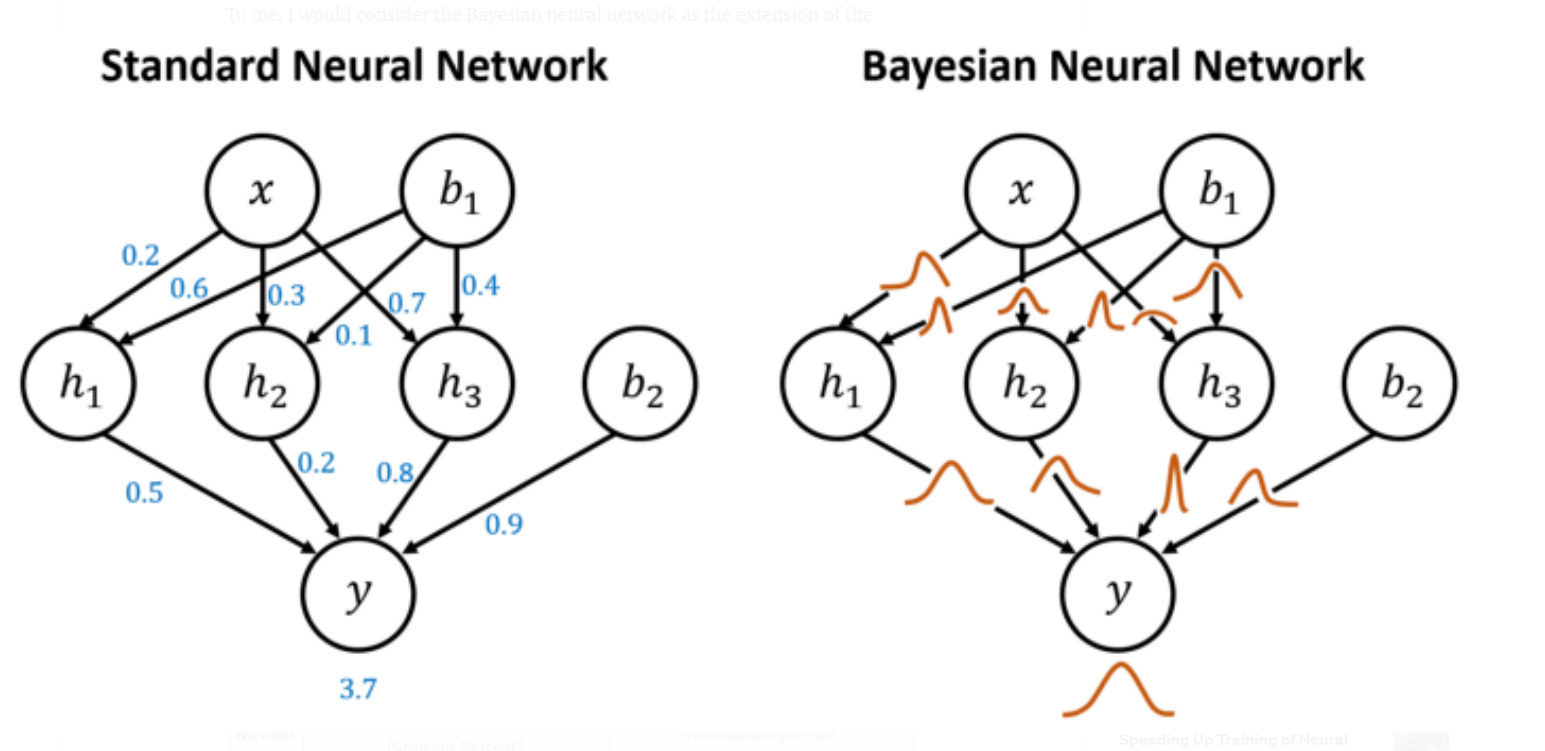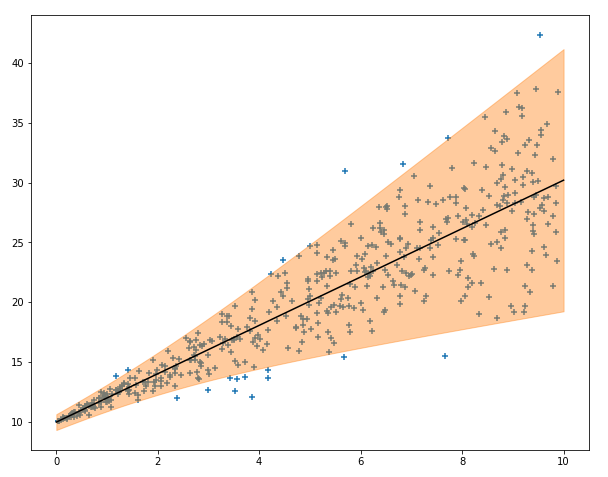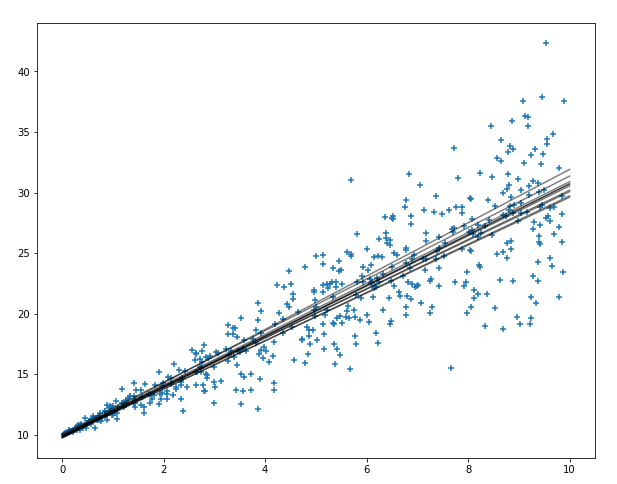Bayesian Neural Network(BNN)
Introduction
一种将Bayes和NN结合的方法,用于量化NN的inference的不确定性,将NN的参数看作为一种符合某种distributed的一种变量,简单的结构如下图所示:

BNN的方法相对于传统的NN存在以下的区别:
- 传统的NN会去找到weight的参数,但是BNN找的是每一个参数的分布。
- estimator不一样,对哦于传统的NN,使用 maximum likelihood estimators (MLE),但是BNN要用maximum a posteriori (MAP,最大后验概率) 或者predictive distribution。
- 优化的方法不同,传统的NN一般会用基于梯度这一类的微分的方法,但是BNN会使用Markov Chain Monte Carlos(MCMC)、Variational Inference或者Normalizing Flows这一类的方法。
Statical Uncertainty & Epistemic Uncertainty
对于BNN两个重要的指标,Statical Uncertainty主要是指同一个model在多次的inference的时候,每一次都会因为参数的随机导致输出不一样,这个指标反应这种随机性导致的结果的不确定性。

Epistemic Uncertainty也被称为Systematic Uncertainty,表示在经过多次的训练,系统性能的变化。

Property
Advantages
- BNN具有非常好的Robust性质,可以很好地避免过拟合。
- 可以对于uncertainty进行量化。
Limitations
- 优化的方法很复杂,MCMC比梯度算法要复杂很多。
- 需要较长的时间收敛。
Reference
- WONG, Yeung. 《Why You Should Use Bayesian Neural Network?》 Medium, 2021年10月29日. https://towardsdatascience.com/why-you-should-use-bayesian-neural-network-aaf76732c150.
- 《Maximum Likelihood Estimation》. 收入 Wikipedia, 2022年8月14日. https://en.wikipedia.org/w/index.php?title=Maximum_likelihood_estimation&oldid=1104423043.